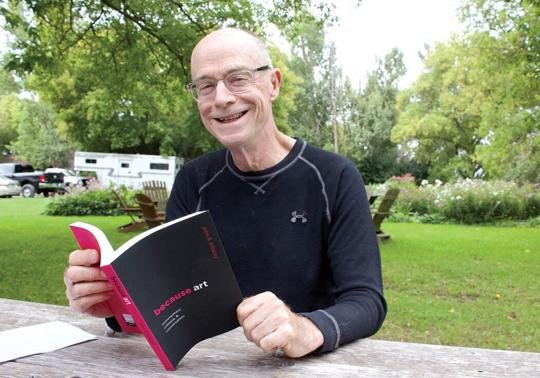This summer I had time to reflect upon on my first session as a legislator while spending extended barn time with my Shetland pony. I’ve trained her to pull me in a cart. She’s 12 years old, we’ve known each other since she was born.
Working with equines requires patience, consistency, taking the long view, positive reinforcement, changing patterns so as not to get stale, getting out of your comfort zone, and reaching for new achievements. Failure is an essential component of learning. Many seasoned legislators understood this, having toiled on bills for years before passage. As a new member, I was reminded me to, “Stay the course.”
A lot of my time with the pony is drudgery: mucking out stalls, cleaning water buckets, picking hooves, grooming, and exercising her daily. But when I sit in the cart and our drive goes well, all the effort is worth it as we glide through space. Not all bills my committee worked on made it across the finish line, but it was deeply satisfying when something we spent weeks deliberating was signed into law by the governor.
Equines are herd animals. Group dynamics and hierarchy are important. There’s always a top mare, and horses are quite content to follow the leader of the pack. However, when out grazing, reconfigure the group in any way, and leadership is up for grabs. Size, tenure, and age don’t matter; taking charge with a few nips and kicks delivers the appropriate gravitas.
With over forty new legislators in the House, consensus was not always achieved. What seemed like a Democratic “super majority” going into the session did not play out in reality. Progressives and blue dog democrats did not always agree, as well as with the rural/urban divide – many shifting allegiances were at play.
Horses have eyes on the sides of their heads and see the world peripherally with 350-degree vision. When driving my pony, I put her in a bridle with blinders to focus her on the work ahead. As citizen legislators, representatives have their own blinders on. To counter this, colleagues seek authentic input and dialogue, listen intently, and adapt accordingly, since our realities may be quite different from those of the people we seek to serve.
Just in the last month, I met with constituents, strategized with other legislators regarding bills being developed, attended a Health and Wellness Disability seminar in Montpelier, marched with thousands in the Pride Parade and Climate Strike Rally in Burlington, participated in a Vermont Creative Network gathering in Richmond, and was a respondent with the Vermont Council on Rural Development’s asset mapping in Westford. Politically, I attended a fundraiser for Emerge, an organization training women to run for public office, and joined neighbors at the library to elect officers and re-establish our local committee of the Democratic Party in South Burlington.
Finally, in horse training, we seek to learn the animal and understand how it perceives the world. Empathy and patience are key to success. The kind of deep physical listening I learned at the barn was useful when receiving testimony this past session on women’s reproductive rights, waiting periods for gun safety, vaccinations, F-35s, and other volatile issues.
These barn precepts resonate as I think back on my legislative work trying to advance policies while balancing expenditures and revenues, aspiring to contribute to a just and civil society where all Vermonters can have safe, healthy, robust, and expressive lives. As always, I welcome your feedback and ideas. Contact me by phone or email. Better yet, meet me at the barn!
